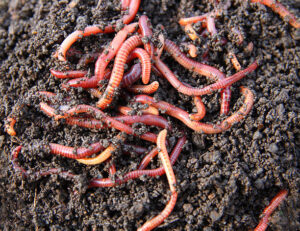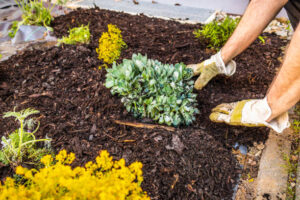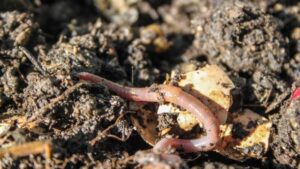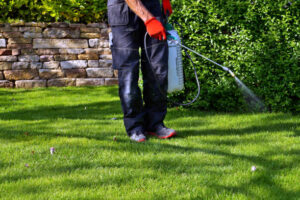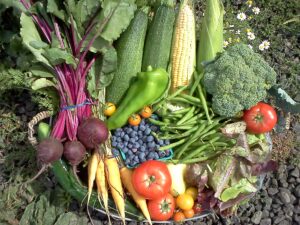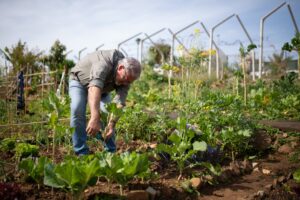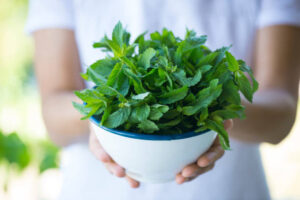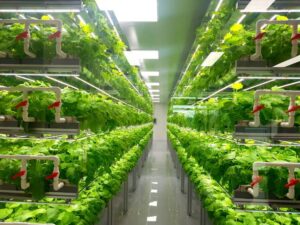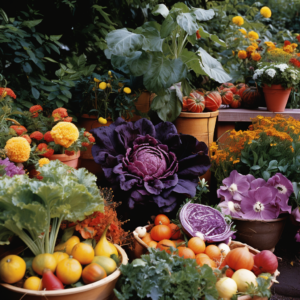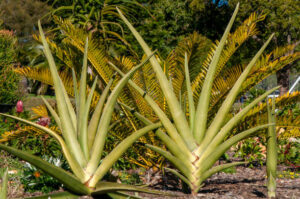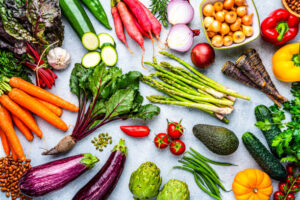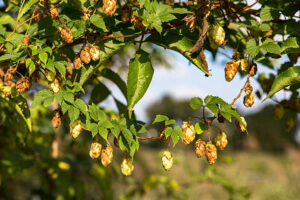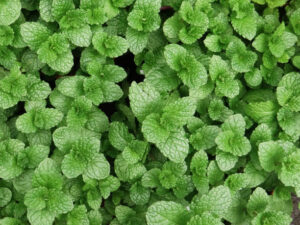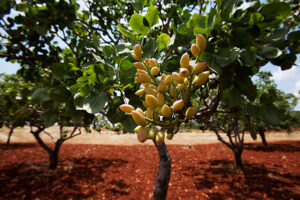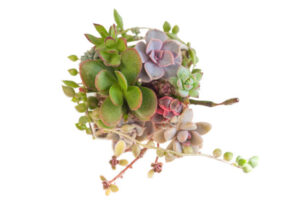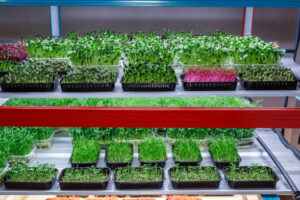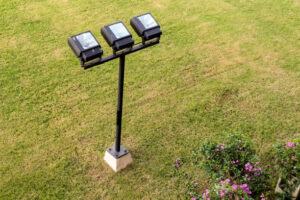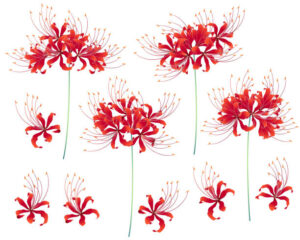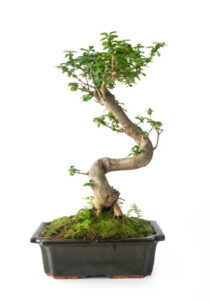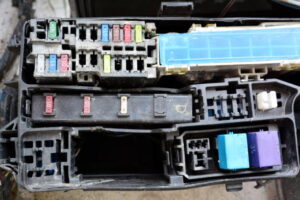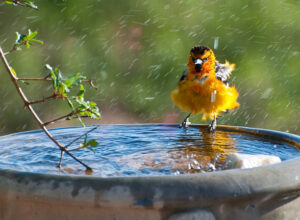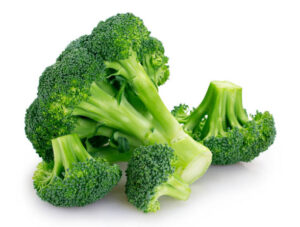Graptosedum: The Colorful and Easy-to-Grow Succulent
Introduction
In the world of succulents, where diversity meets beauty, Graptosedum emerges as a captivating gem—a plant that combines vibrant colors with ease of care. Whether you’re a seasoned succulent enthusiast or just dipping your toes into the world of indoor gardening, Graptosedum offers a delightful journey. Join us in exploring “Graptosedum: The Colorful and Easy-to-Grow Succulent,” as we unravel the unique features, cultivation tips, and the joy that comes with fostering this charming succulent.
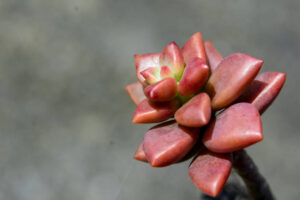
A Symphony of Colors: Unveiling the Beauty of Graptosedum
The allure of Graptosedum lies in its ability to paint a canvas of colors in your garden or indoor space. These succulents, often referred to as “California Sunset” or “Vera Higgins,” boast a captivating blend of greens, pinks, and oranges. The rosettes, composed of thick, fleshy leaves, undergo a mesmerizing transformation in response to sunlight, displaying hues that resemble a picturesque sunset. The dynamic color palette of Graptosedum adds an instant touch of vibrancy to any succulent collection.

Ideal Growing Conditions: Nurturing Beauty with Simplicity
1. Sunlight Requirements: Graptosedum thrives in bright, indirect sunlight. While it can tolerate some direct sunlight, providing protection during the hottest part of the day is advisable, especially in warmer climates. Adequate sunlight is key to enhancing the intensity of its colors.

2. Well-Draining Soil: Like many succulents, Graptosedum prefers well-draining soil to prevent waterlogged roots. A specialized succulent or cactus mix, enriched with perlite or sand, ensures optimal drainage, preventing issues such as root rot.
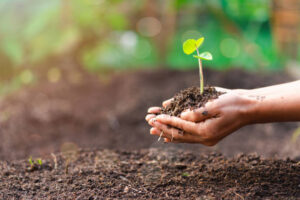
3. Watering Wisdom: One of the appealing aspects of Graptosedum is its low water requirements. Allow the soil to dry out completely between watering sessions, adjusting the frequency based on factors like temperature, humidity, and the plant’s growth stage. Be cautious not to overwater, as succulents are prone to root rot in consistently damp soil.

4. Temperature Tolerance: Graptosedum is generally hardy and can withstand a range of temperatures. However, it thrives in warmer conditions. Protect it from frost and extended exposure to freezing temperatures, as this can cause damage to the leaves.

Challenges and Solutions: A Resilient Companion
While Graptosedum is known for its hardiness, occasional challenges may arise. Here are practical solutions:
1. Leggy Growth: If your Graptosedum starts to exhibit elongated or “leggy” growth, it may be an indication of insufficient sunlight. Adjust the plant’s location to provide more exposure to bright, indirect sunlight, encouraging compact and vibrant growth.
2. Pest Vigilance: Keep an eye out for common succulent pests like mealybugs or aphids. A solution of neem oil or insecticidal soap can effectively control these pests without harming your Graptosedum.
Conclusion: Cultivating Joy with Graptosedum
As you welcome Graptosedum into your succulent sanctuary, you embark on a journey of simplicity and vibrant beauty. Its dynamic colors, easy care routine, and propagation possibilities make it a delightful addition for both seasoned succulent enthusiasts and newcomers alike. Nurture your Graptosedum, witness its kaleidoscopic display, and let the joy of cultivating this colorful succulent become a source of inspiration in your indoor or outdoor space.



